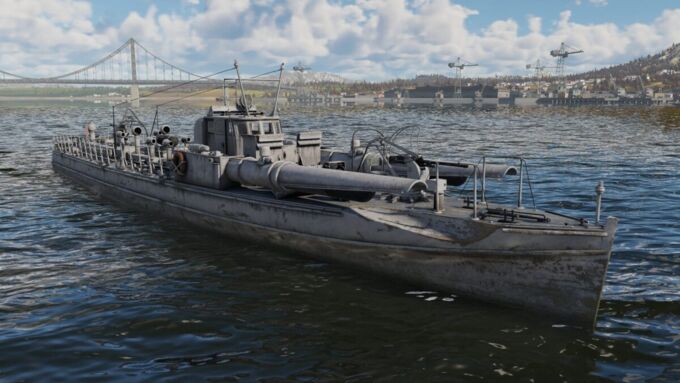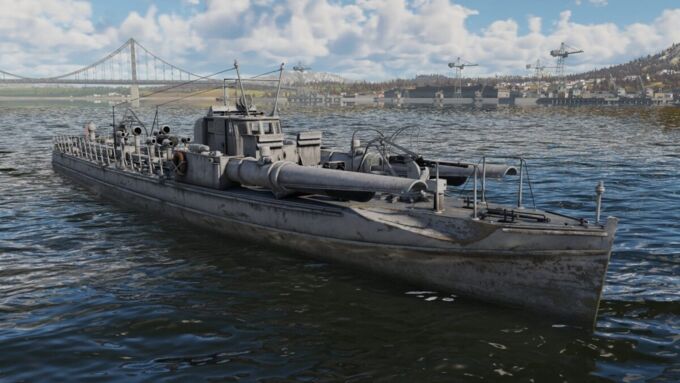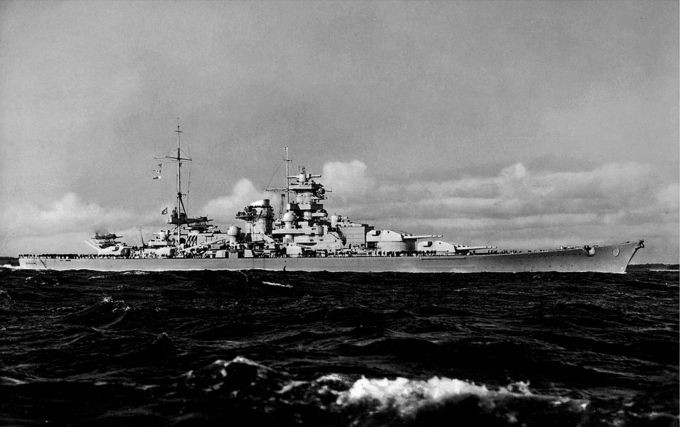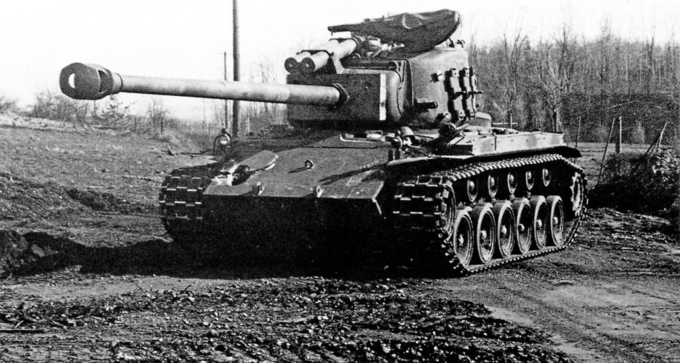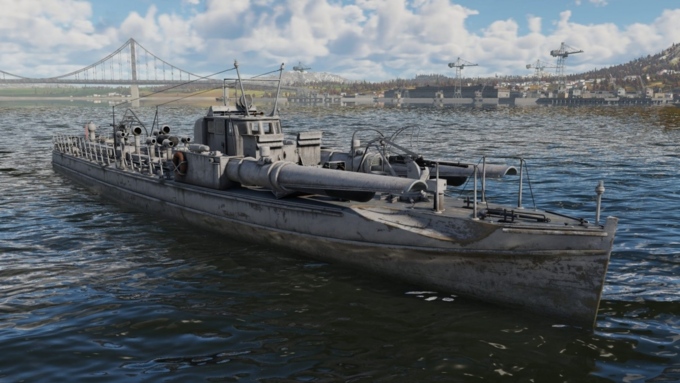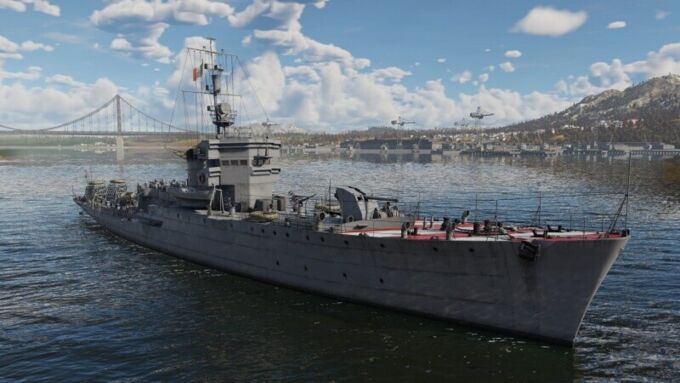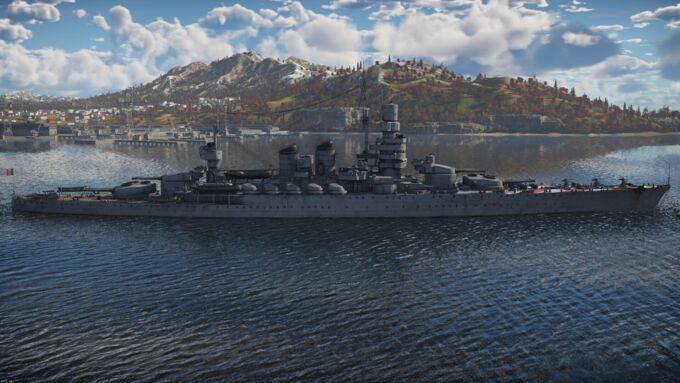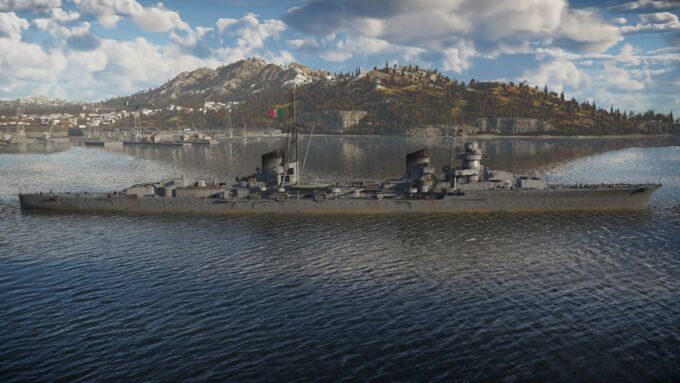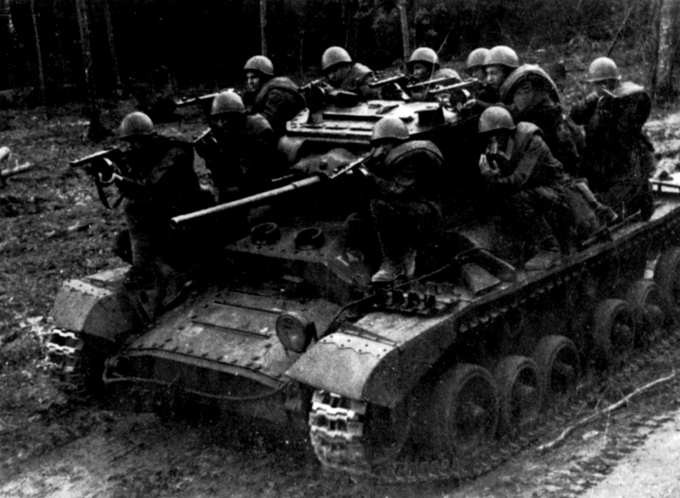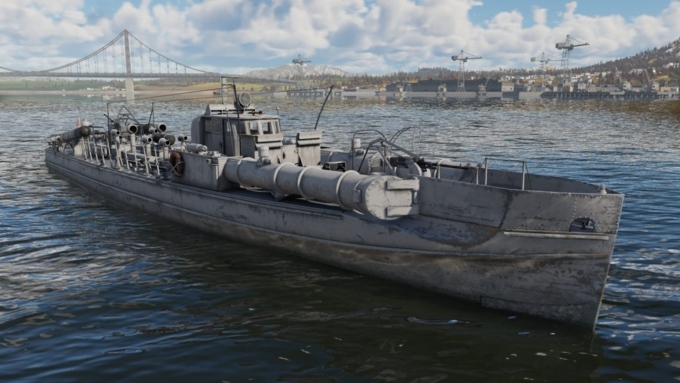#ww2
The MS-24, after having been built in 1942, was assigned to the units of the 2nd Squadron, destined to participate in operations in the area of the Sicilian Channel. She was deployed to Sicily on 28 April 1943, leaving Marsala with her twin MS-34, and went to rescue the crew of the torpedo boat RN Climene, torpedoed by an enemy submarine off Marettimo, managing to save 40 sailors.
Launched on June 18, 1942, CRDA at Monfacone, built and commissioned on June 24, 1942, was assigned to the 2°Squadriglia, transferred to bases in the Sicilian Channel in late July 1942, in the same month specifically on the 12th and 13th participated in operations against the British convoy bound for Malta during the Battle of Mid-August, on the night of August 13, 1943,
Scharnhorst was a German battlecruiser (or battleship depending on classification) that served in WWII, the lead ship of her class. Designed to counter the French Dunkerque-class battleships, Scharnhorst was a significantly enlarged and improved development on the previous Deutschland-class pocket battleships (“panzerschiffe”). Scharnhorst operated with her sister ship Gneisenau during the early years of WWII, wreaking havoc on Allied shipping. However, she ultimately met her demise at the Battle of the North Cape, where she was sunk by a large British force led by the battleship HMS Duke of York.
Of the tanks in the US Army during World War II, perhaps none had as much unique personality as the T26E1-1 "Super Pershing." With the tacked-on applique armor, the tank looks like something out of a steampunk setting, yet the tank still represents the most formidable tank the US Army brought to the European Theater.
MS 15 launched on 2 February 1942, finalised on 2 June 1942, entered service after construction in the Regia Marina's 1st Squadron, and arrived at operational bases in North Africa in July 1942; the following month it carried out, with MS 11, a mission to transport saboteurs of the San Marco Regiment in enemy waters, participated in anti-ship ambush operations, escorting coastal convoys and anti-submarine surveillance.
RN Gabbiano (C 11), was the first corvette of the Gabbiano class of the same name, completed and entered into service on 3 October 1942, it would see a long operational history from World War II until the post-war period, after several exercises and crew training, held in La Spezia, assigned to the 1st Squadriglia Corvette, based in Trapani
The Condottieri-class cruiser Eugenio di Savoia was the second vessel in the fourth sub-class of its class. It featured improved armour and machinery compared to her predecessor, the Raimondo Montecuccoli. The ship was named after Prince Eugene of Savoy, whose motto "Ubi Sabaudia ibi Victoria" ("Where there is (Eugene of) Savoy, there is Victory") was inscribed on the sides of turret number 4.
Among the different tanks provided to the Soviet Union as part of the Lend-Lease program, arguably the most underrated tank was the Valentine tank. An infantry tank that the British eventually phased out for newer tanks like the Churchill, the Valentine had a surprising staying power within the Soviet Army. The Soviet Army received half of all Valentines produced by the British and Canadians and used them all the way to the end of the war against both the Germans and Japanese.
